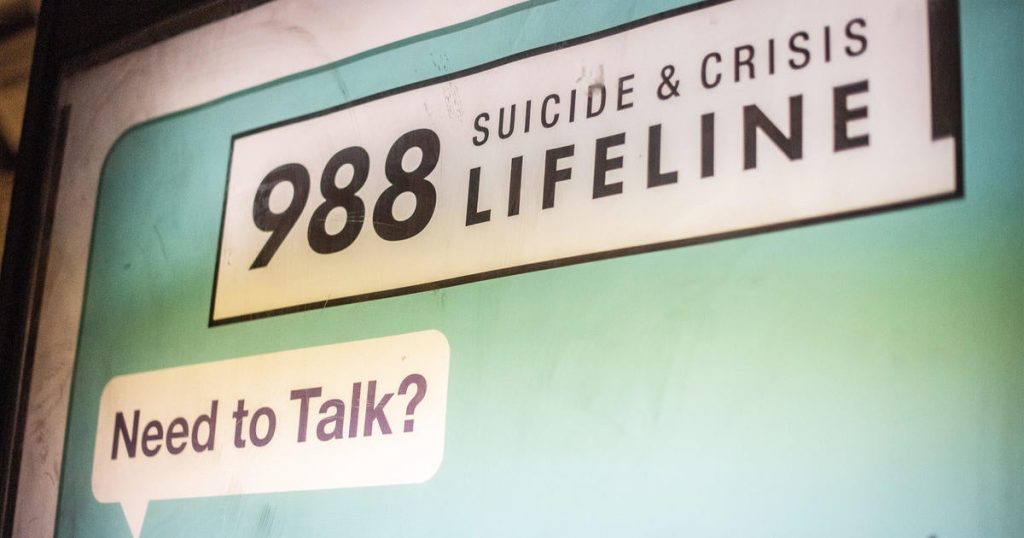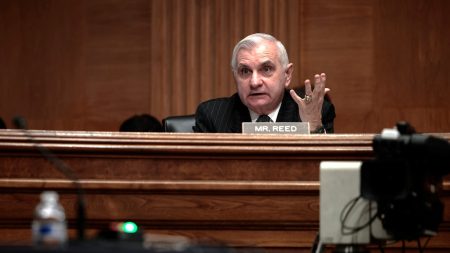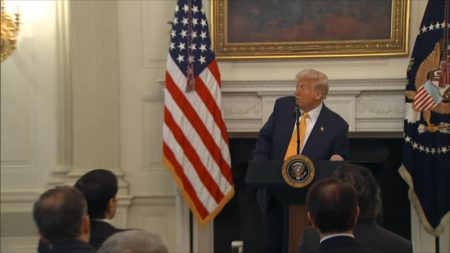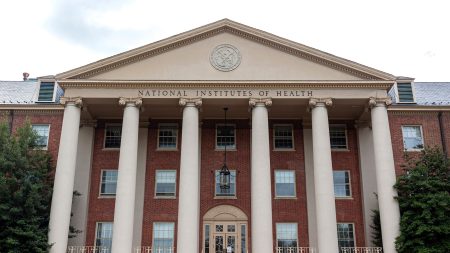Federal Agency Layoffs: Understanding the Impact on Public Health Services
Introduction: A snapshot of the Crisis at SAMHSA
In a recent wave of government-wide cost-cutting measures, the Substance Abuse and Mental Health Services Administration (SAMHSA) faced significant staff reductions, with over 10% of its workforce terminated. These layoffs, initiated by Elon Musk’s Department of Government Efficiency (DOGE) task force, have raised concerns about the impact on critical public health services, including the 988 mental health hotline. The immediate effects of these cuts are profound, affecting not just the employees but also the communities relying on these essential services.
Workforce Impact: The Human Toll of Layoffs
The layoffs at SAMHSA have resulted in the termination of around 100 probationary workers, affecting various teams from regional directors to staff handling the 988 hotline. The communications team, crucial for promoting this vital service, lost a quarter of its members. Employees like Stacey Palosky expressed their concerns, highlighting the loss of key personnel dedicated to national awareness campaigns. These layoffs not only disrupt the workforce but also signal a broader challenge in maintaining consistent public health support.
Operational Impact: Long-term Consequences on Services
Beyond the immediate job losses, the cuts pose significant long-term operational challenges. Officials warn of a slowdown in grant approvals and delays in updating critical guidance, which could hamper the efficiency of mental health services. The 988 hotline, a lifeline for many, may face disruptions as funding and support mechanisms are strained. These operational setbacks threaten the continuity of essential health services, potentially eroding public trust and access to care.
Historical Context: Lessons from the Past
This current crisis draws uncomfortable parallels to the Trump administration’s impact on SAMHSA, where workforce reductions led to plummeting morale and a decline in agency effectiveness. Historically, such cuts have resulted in a "doom loop" of decreasing morale and increasing turnover, which took years to recover from. The recent layoffs risk repeating this cycle, undermining the progress made in rebuilding the agency’s capacity and employee satisfaction.
Broader Implications: A Ripple Effect Across Agencies
The repercussions of these layoffs extend beyond SAMHSA, affecting other federal health agencies such as the CDC, FDA, and NIH. Contractors and recent hires across these institutions are bearing the brunt of the cuts, raising concerns about a systemic deconstruction of public health infrastructure. While some agencies, like the Indian Health Service, have secured exemptions, the precedent set by these layoffs could have far-reaching consequences for the effectiveness of federal health programs.
Conclusion: Navigating the Future of Public Health Services
The layoffs at SAMHSA and other agencies underscore a concerning trend in federal workforce management, with potential long-term repercussions for public health services. As the government navigates these cuts, the challenge lies in maintaining service quality while preserving employee morale and expertise. The situation calls for a balanced approach that prioritizes both fiscal responsibility and the preservation of critical public health functions, ensuring that communities continue to receive the support they need.















